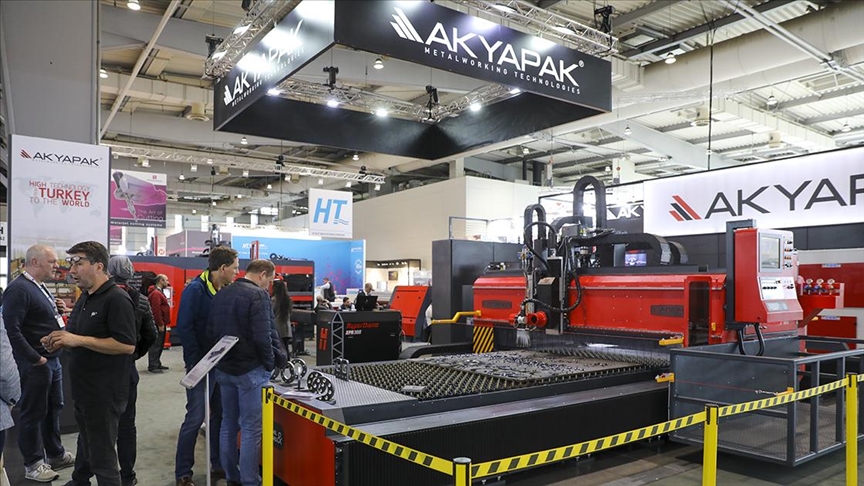Long before the European Renaissance, Middle east region and China were the centers of science and technology in the known world. Chinese, Persian,Turkish and Arab thinkers were generating new ideas every day. Europe was in dark ages. This thread will introduce some of the original work being carried in this region today.
Iran tests home-grown quantum cryptography on longer distance
Monday, 25 January 2021 6:58 PM
[ Last Update: Monday, 25 January 2021 7:16 PM ]
Iran successfully tests its home-grown version of quantum cryptography on a distance of 1,650 meters.
Researchers at the Atomic Energy Organization of Iran (AEOI) have successfully tested a home-grown version of the quantum key distribution (QKD) technology on a relatively long distance of 1,650 meters.
The test carried out on Monday at Tehran’s Milad Tower saw researchers use photons to carry a message encrypted through quantum keys between parties stationed at the tower and the nearby AEOI premises.
AEOI chief Ali Akbar Salehi and Iranian deputy president for scientific affair Sorena Sattari attended the ceremony to promote the home-grown QKD.
Researchers had previously tested the technology on shorter distances of two meters and 300 meters.
The tests began in 2018 when Iran announced it will become one of the few countries in the world to develop QKD.
View attachment 710622

The technology uses quantum physics rules to distribute cryptographic keys to remote parties in order to make their communication immune to cyberattacks.
Experts believe QKD would grow in significance in the upcoming years amid increasing demand for more secure channels of communication.
AEOI’s Salehi said his organization is planning to launch a fourth phase of QKD test on a 7-kilometer distance between the Milad Tower and Azadi Tower in Tehran in the near future.

Salehi said the AEOI hopes it could use the QKD for secure communication between the organization’s headquarters in Tehran and a major nuclear site in Fordow in central Iran.
He said the secure channel, planned to come on line in the next one or two years, would be able to carry 90-100 bits per seconds of data through an optic fiber network.











